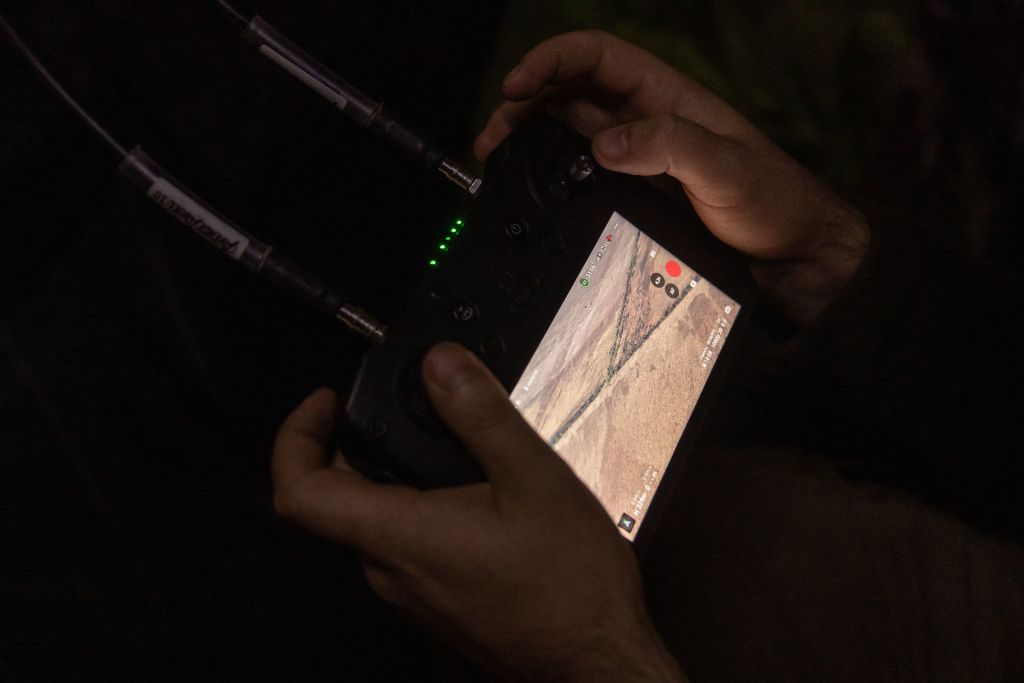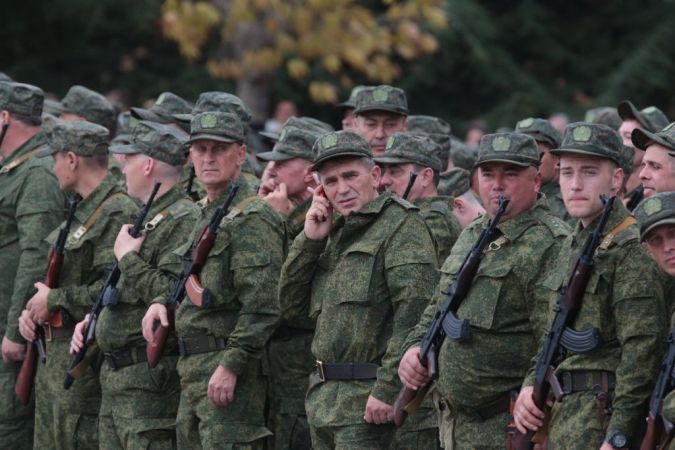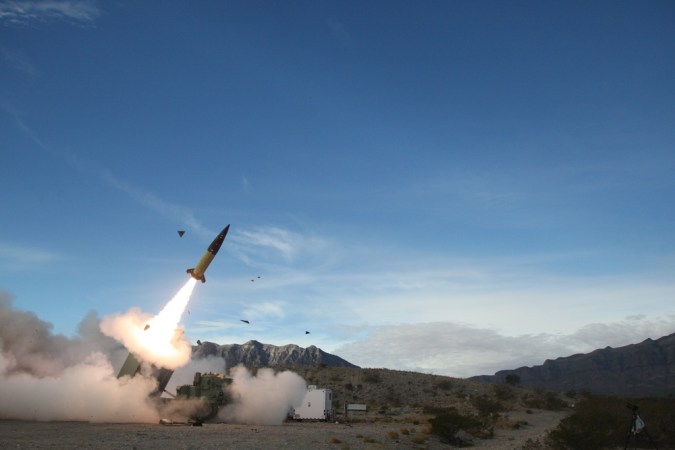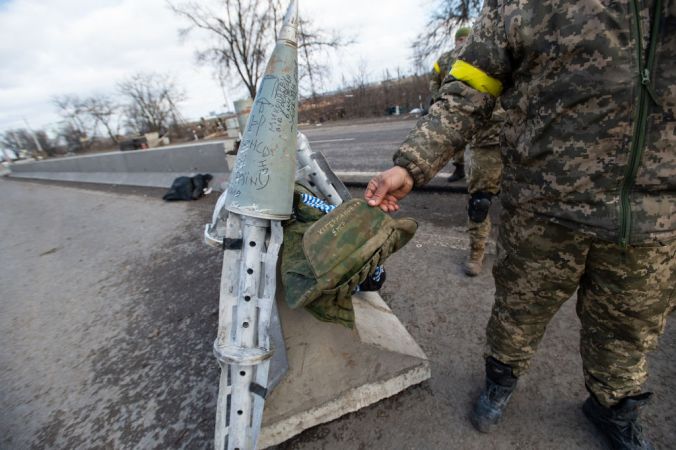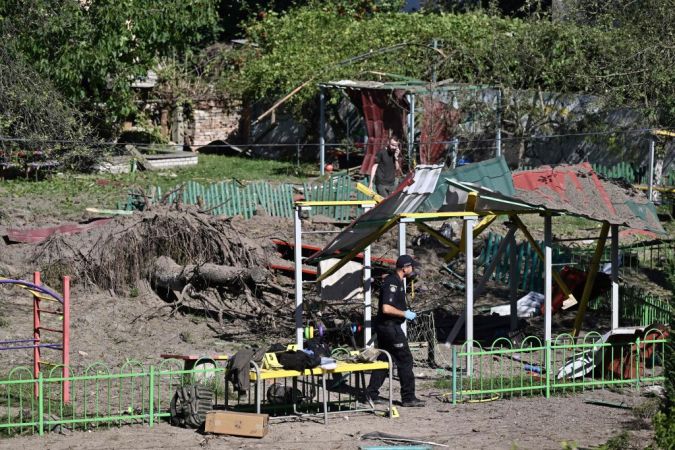Ukrainian first-person drones let the scrappy underdog tear through Russian forces and equipment. Even with Western support, Ukraine can’t match Russia’s industrial base. So it can’t win a straight artillery duel or war of attrition on equal terms.
And so, while both sides use drones, Ukraine has turned it into an art form that will almost certainly be taught in other militaries for generations. It turned increasingly to cheap, modular drones to counter greater Russian resources. And it has added a specific payload to the mix: Thermobaric charges.
These carefully timed weapons are especially destructive against personnel and bunkers, but they can also wreak havoc on any target they can get inside of.
How thermobaric weapons work
Thermobaric weapons, sometimes called fuel-air bombs and part of the volumetric weapons category, have two stages. In the first stage, they explode a small charge that disperses solid or liquid fuel particles. Then, a second change ignites the dispersed particles.
When done properly, the fuel and the air mix into one large explosive. Basically, if you fire a thermobaric weapon into a room, it turns the room into a bomb. A thermobaric weapon’s sharp and powerful detonation is great at collapsing light structures or blowing apart vehicles. In bunkers and other confined spaces, they create a massive amount of pressure and then a vacuum, nearly guaranteeing a kill against anyone in the confined space.
Because of their destructive capacity, use close to civilians could be a war crime. And Russia came under sharp criticism for firing thermobaric rockets into urban areas.
But the new drones allow operators to deliver small thermobaric weapons into enemy bunkers and trenches, delivering lethal results even with small payloads and batteries.

Ukrainian drones
The Ukrainian thermobaric charges work as described above. The charges themselves aren’t a big step forward. But most thermobaric weapons are quite expensive, mostly because the attacker needs to get them into the target room, structure, or vehicle to have much effect. That requires a high amount of precision, so thermobaric warheads are usually mounted on precise rockets or similar munitions.
But a first-person drone operator can fly a drone through a window by making minute steering adjustments until the final moments before they detonate it. As recently reported in The Washington Post, operators are getting drones against vehicle windshields, on top of patrols, or even into windows before they blow up.
And so a cheap, cheap drone can get the thermobaric charge into position just as well as a pricey rocket.
While Russia has more thermobaric charges and even some drones, this strategy lets Ukraine compete in the thermobaric arms race. And its operators can swap payloads as needed, using fragmentation, shaped charges, thermobaric weapons, or most anything else as needed.
The Ukrainian government even fundraises to help the drone units buy more FPV drones and equipment. It’s a major challenge for Ukraine since many of the components come from China, and China also sells to Russia.
Expect “drone operator” to become an infantry or similar Army MOS in the next few years. It’s one of the most important weapons on the modern battlefield.


